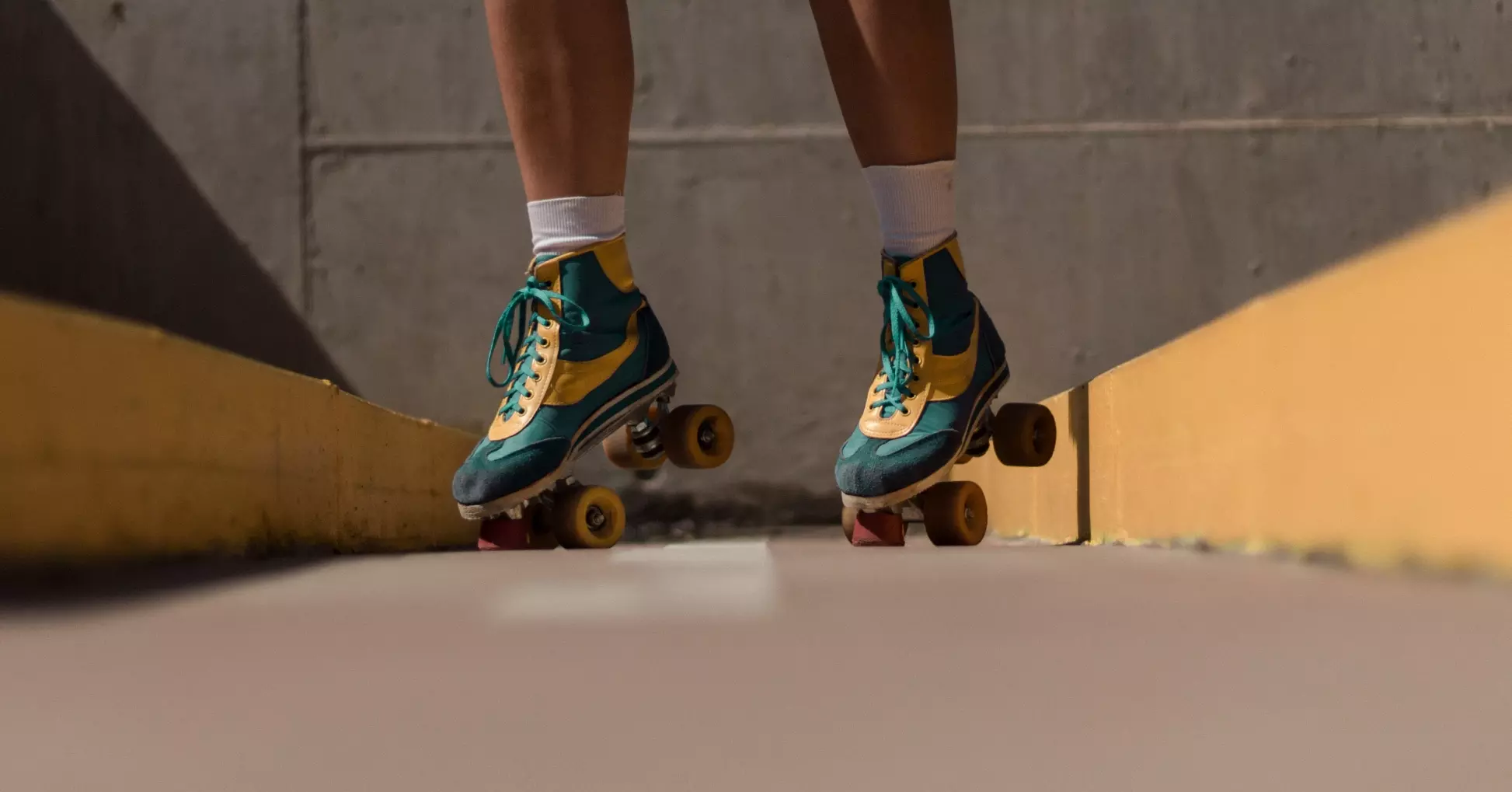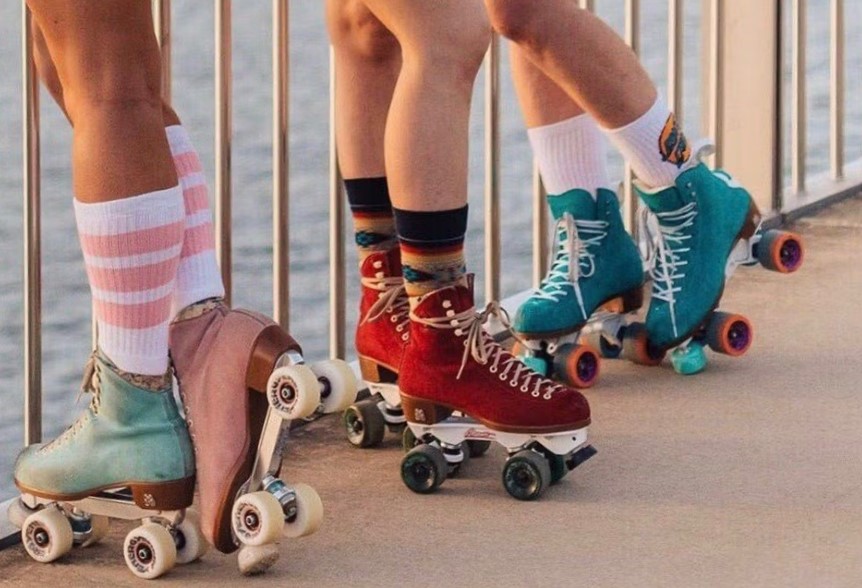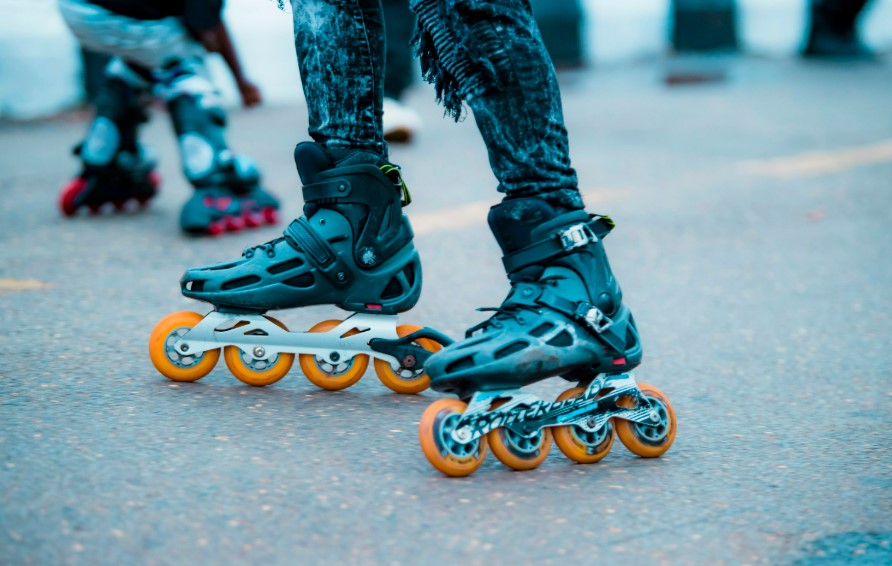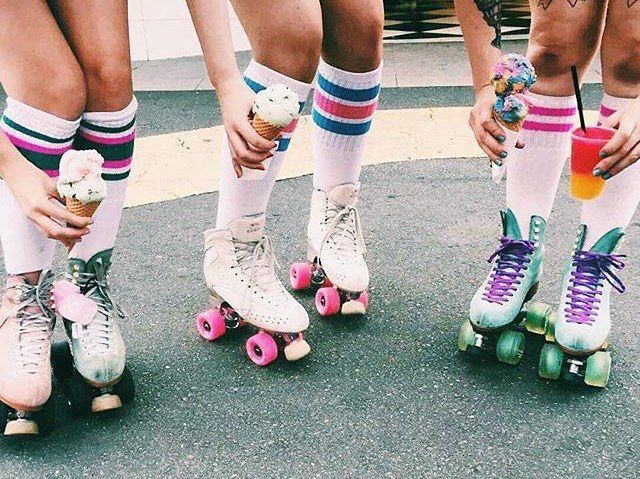Roller skating — once synonymous with Saturday nights at the local rink, disco balls, neon lights, high socks and carefree spins — seems to be rolling back into mainstream culture. From viral TikToks to community “roller disco” nights, people are reconnecting with skates.
But is this just a passing nostalgia wave, or is roller skating seeing a sustainable revival? In this post, we’ll look at the evidence, the drivers, the challenges, and what the future might hold.
Roller skating carries a strong sense of nostalgia — memories of disco-era rinks, feathered hair, and mixtapes. But nostalgia alone doesn't explain the recent surge in visibility.
Over the last few years roller skating has popped up in social media trends, community events, concerts, fitness programs and fashion shoots. Skate nights, pop-up roller discos, and Instagram-ready squads have people lacing up again.
The question is: is this a short-lived fad or a meaningful comeback? In this post I unpack the evidence, the forces behind the movement, who’s leading the charge, the challenges the sport faces, and what lasting change might look like.

Where we’re seeing the revival
The rebirth of roller skating shows up in a few clear places: online culture, grassroots communities, and commercial activity. On social platforms, short-form videos of dancers and everyday skaters demonstrating tricks or cruising scenic paths rack up millions of views.
Local parks and paved promenades are gaining informal skate meetups; community centers and small venues host roller disco nights and themed parties.
Retailers — both established skate brands and direct-to-consumer startups — are restocking quads with bold colors and retro silhouettes, and fitness studios are experimenting with skate-based classes and workshops.
What’s driving interest?
- Social media virality: Platforms such as TikTok and Instagram make skating visually compelling: rhythmic movement, colorful outfits, and the social aspect are perfect for short, shareable clips.
- Nostalgia and retro fashion: Trends cycle back. The 1970s and 1990s aesthetics are in vogue, and roller skates are a tangible way to wear that vibe.
- Low barrier to entry: Basic skating requires little more than a pair of skates and a smooth surface — accessible compared with sports needing expensive equipment or memberships.
- Community & inclusivity: Many skate groups emphasize body positivity, queerness, and diverse representation, making skating feel welcoming to people who felt excluded from other athletic spaces.
- Movement and fitness: Skating is an enjoyable cardio workout that builds balance and strength, making it attractive for people seeking less conventional fitness routines.

Who’s skating?
The demographic is broadening.
While older adults recall rink nights from their youth, a new generation of teens and twenty-somethings—often inspired by social feeds—are picking up skates for the first time.
Skaters now include families, fitness seekers, queer collectives, dancers, and urban commuters experimenting with creative transport.
Another notable group are content creators: choreographers and dancers who adapt their moves to wheels, turning skating into a visually rich performance art that resonates online.
Evidence vs. hype — how strong is the case?
There’s convincing but mixed evidence.
Viral content can create a perception of ubiquity that isn’t always mirrored by consistent, measurable growth. Some skate shops report increased sales and higher foot traffic; local rinks that survived pandemic closures have reported renewed interest through block-party events and themed nights.
At the same time, scale matters: a viral video with a million views doesn’t guarantee a million people will buy skates. To determine a true resurgence, growth needs to be sustained across retail, in-person participation, and cultural presence.

Barriers to sustained growth
Even as excitement grows, there are real challenges. Safe, smooth skating surfaces are limited in many cities — not everyone has access to a park, promenade, or rink.
Weather and infrastructure also matter: rain, narrow sidewalks, and busy traffic make cruising unsafe. Cost can be a barrier if skates and protective gear are treated as specialty items.
Rinks — once the backbone of skate culture — closed in many areas over recent decades, and rebuilding that infrastructure takes time and investment.
Finally, stigma persists in places where skating is seen as purely recreational rather than a legitimate fitness activity or commuting option.
How communities are responding
Communities are creative. Pop-up roller discos at bars and galleries lower the barrier for new skaters. Skill-share sessions, free beginner classes, and loaner-skate programs help more people try skating without a major upfront investment.
Local advocacy groups push for better millennial- and walker-friendly pavement and protected bike/skate lanes. Rinks are diversifying their programming to include all-ages nights, queer-friendly hours, and fitness sessions to attract broader crowds.
These grassroots efforts matter: trends stick when communities build accessible, repeatable experiences.
The business angle
Retail brands, both legacy and new, are responding with product diversity. Manufacturers have revived quad production with modern materials, improved bearings, and trendy colorways.
Small brands emphasize design and lifestyle, selling skates as fashion statements in addition to functional gear. Some fitness and entertainment venues are building skate classes or regular skate nights into their calendars.
If businesses continue to find profitable, scalable models around skating — from rentals to classes to gear subscriptions — the revival is more likely to have longevity.
What would success look like?
Long-term revival would show up as more than Instagram moments: sustained retail growth with repeat customers, increased rink attendance, normalized skate commuting in cities with supportive infrastructure, and an ecosystem of classes, repair shops, and community events.
Importantly, success means inclusive access: skate programs that reach diverse neighborhoods, age groups, and economic backgrounds rather than concentrating in trend-driven pockets.
Final thoughts
Roller skating appears to be more than a passing social media fad.
A confluence of visual social platforms, retro fashion cycles, inclusive communities, and the simple joy of movement has pushed skating back into public view.
Yet whether roller skating becomes a sustained cultural mainstay depends on practical factors: access to safe spaces, the ability of businesses to support a market, and ongoing community-building that welcomes newcomers.
For now, the wheels are rolling — and the best part is that anyone can join in.
